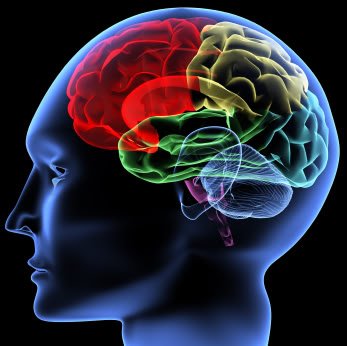Parkinson’s disease: Symptoms, causes and prognosis
Parkinson’s disease is a neurodegenerative disorder which leads to progressive deterioration of motor function due to loss of dopamine-producing brain cells.
It is characterized by progressive loss of muscle control, which leads to trembling of the limbs and head while at rest, stiffness, slowness, and impaired balance. As symptoms worsen, it may become difficult to walk, talk, and complete simple tasks.
Primary symptoms include tremor, stiffness, slowness, impaired balance, and later on a shuffling gait.
They are all related to voluntary and involuntary motor function:
- Tremors: Trembling in fingers, hands, arms, feet, legs, jaw, or head.
- Rigidity: Stiffness of the limbs and trunk, which may increase during movement. Rigidity may produce muscle aches and pain.
- Bradykinesia: Slowness of voluntary movement.
- Postural instability: Impaired or lost reflexes can make it difficult to adjust posture to maintain balance.
- Parkinsonian gait: Individuals with more progressive Parkinson’s disease develop a distinctive shuffling walk with a stooped position and a diminished or absent arm swing.
Most individuals with Parkinson’s disease are diagnosed when they are 60 or older, but early-onset Parkinson’s disease also occurs.
With proper treatment, most individuals with Parkinson’s disease can lead long, productive lives for many years after diagnosis.
Parkinson’s disease is the second most common neurodegenerative disorder and the most common movement disorder.
The progression of Parkinson’s disease and the degree of impairment vary from individual to individual. Many people with Parkinson’s disease live long productive lives, whereas others become disabled much more quickly. Premature death is usually due to complications such as falling-related injuries or pneumonia.
In the US, about 1 million people are affected by Parkinson’s disease and worldwide about 5 million. Parkinson’s disease occurs in approximately 1% of individuals aged 60 years and in about 4% of those aged 80 years. Since overall life expectancy is rising, the number of individuals with Parkinson’s disease will increase in the future. Adult-onset Parkinson’s disease is most common, but early-onset Parkinson’s disease (onset between 21 and40 years), and juvenile-onset Parkinson’s disease (onset before age 21) also exist.
Descriptions of Parkinson’s disease date back as far as 5000 BC. Around that time, an ancient Indian civilization called the disorder Kampavata and treated it with the seeds of a plant containing therapeutic levels of what is today known as levodopa. Parkinson’s disease was named after the British doctor James Parkinson, who in 1817 first described the disorder in great detail as “shaking palsy.”
[youtube fZ7gAKonpbk 650]

